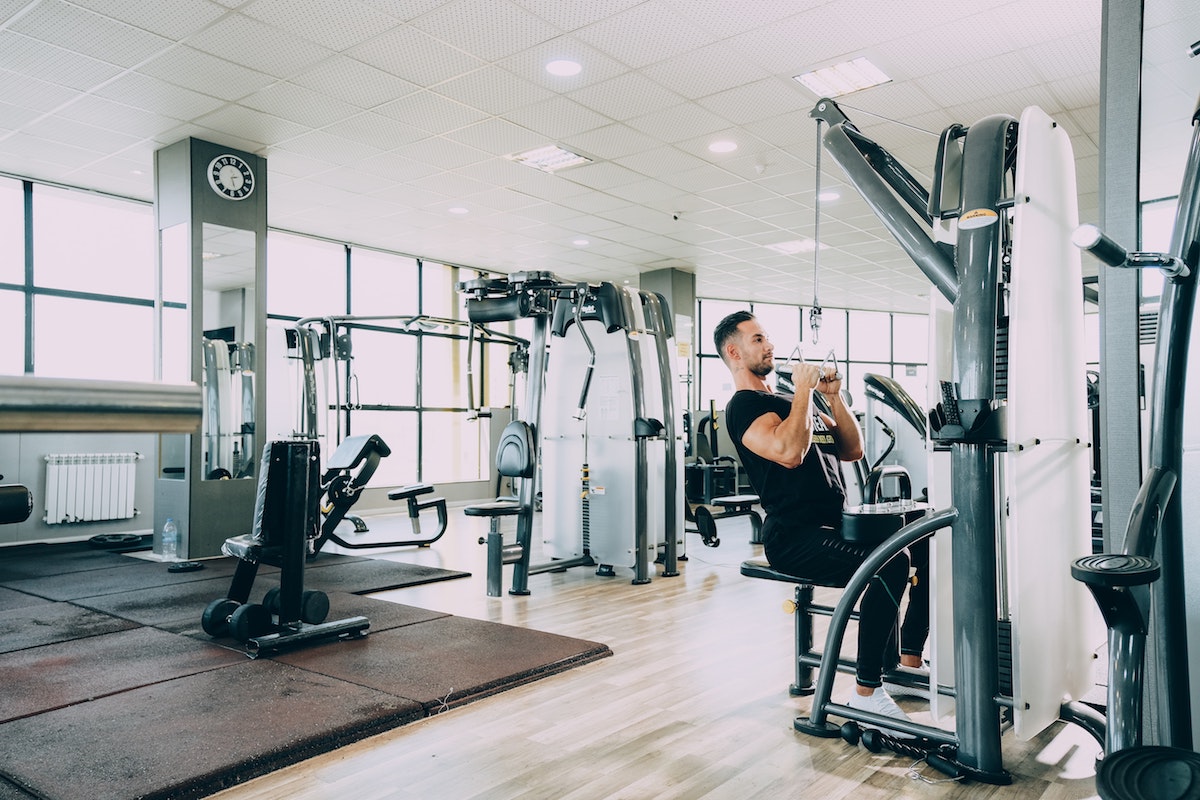
Do you love running and lifting but feel you must stick with one because you cannot find a balance? This does not have to be the case.
While many runners know the benefits of weightlifting, many weightlifters also know that cardio is essential for a well-rounded fitness experience. They complement each other as a form of hybrid training.
Therefore, instead of choosing one over the other and missing out on what it offers, you can combine both to get maximum benefits and results. But how is this possible?
Not to worry. This guide covers what you need to know about hybrid training for running and lifting. It is time to dive in.
What are the benefits of running?

Improves brain functions
Running can maintain and promote brain functions. It increases your heart rate and facilitates nitric oxide production in the brain, a compound that allows nutrients, blood, and oxygen to travel throughout your body. The brain needs these elements to function optimally. Moreover, running can also boost hippocampus volume, which improves brain functions, especially memory and spatial learning.
Improves cardiovascular fitness
Regardless of your pace, running has several benefits for heart health. So whether you engage in slow joggings or pick up the pace, you will enjoy optimal cardiovascular health in the long run. This is possible because your heart muscles supply adequate blood and oxygen to your body while you are running. Running also reduces cholesterol and blood pressure while strengthening the blood vessels and heart.
Helps you learn resilience
Running is pretty challenging. Even experienced runners face difficulties and may have to self-talk in the middle of the workout to keep going even when tired and feel like quitting. If you are new to running, you may experience discomfort but adapt over time with consistency.
Therefore, running instills the attitude of resilience. However, this extends beyond workouts to life as you will feel like you can pull through different challenges and get things done despite being exhausted.
What are the benefits of lifting?

Increases muscular strength
Lifting makes you stronger. This is not limited to heavy weights, as light weights also help to build muscular endurance and gradually increase physical strength. However, you will get better results if you lift heavier weights and add compound movements like squats and deadlifts to your workout routine.
Helps burn more calories
If you are trying to shed some weight or maintain your weight, lifting can significantly increase your metabolic rate, which is the rate at which your body burns calories or expends energy. Although cardio workouts like running may burn more calories initially, weight lifting will give better results in the long run.
Lifting can make your body burn calories even when relaxing after your workout. Research suggests that just ten weeks of consistent strength training can boost resting metabolic rate by seven percent.
Strengthens your bones
Weight lifting temporarily stresses your bones and triggers the bone-building cells to take action and rebuild bones, making them stronger than before. With consistent weight-bearing exercises, you can help prevent osteoporosis, falls, and fractures, especially as you age. More importantly, anyone, regardless of age, can engage in lifting to reap its bone-strengthening benefits.
What is hybrid training?

Hybrid training is a workout routine that combines different techniques and elements simultaneously to achieve a well-rounded fitness regimen. This combination includes strength training (lifting) and cardio exercises like running in either the same workout session or throughout the week. It can also refer to a change in your lifting routine where you can train low reps with high weight or high reps with low weight.
However, this guide focuses on hybrid training for lifting and running. They can help you build strength and endurance simultaneously, and you can avoid the dreaded plateau.
Who should try hybrid training?
Hybrid training goes beyond just combining strength training and endurance workouts. Take time to consider how to deal with the stress of the two routines, burnouts or injuries, and additional workout time.
Further, you must understand the principles and techniques involved in the two training programs. So, hybrid training is best for people with experience in one or both of the routines they are trying to combine.
However, if you understand what it entails and are ready to do what it takes, you can enjoy the numerous benefits of hybrid training.
Tips for maximizing results from combining running and lifting

Assess your current fitness levels and goals
When starting hybrid training, the most important thing to note is to evaluate your fitness levels and set clear goals. This will help you determine the intensity and pace of your workout routine and also help you understand how your body responds to hybrid training.
Gradually build intensity
Since your body is not used to hybrid training yet, it is best to start with lighter weights and a shorter duration for running. Then, you can gradually increase the intensity of both workouts so your body can adapt without injuries. This approach will also help you build consistency and progress.
Separate running and lifting sessions
To get the best results from your training, perform the two workout routines on different days or two to three hours apart on the same day. This helps your body recover from one workout before starting another. Hence, you can maximize your efforts on both workouts instead of lagging on one.



